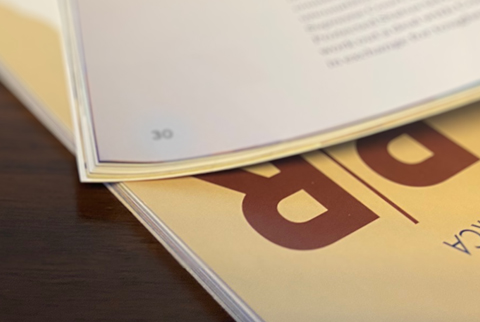Sponsored Content
FleeceBACK EPDM Protects New York School District with Long-Term Reliability
The Cato-Meridian Central School District in Cato, New York, recently completed an ambitious infrastructure improvement project that included re-roofing its elementary and junior-senior high school buildings. To ensure long-term durability and minimal disruption, the district chose Carlisle SynTec Systems’ FleeceBACK EPDM membrane and Flexible FAST Adhesive—proven solutions that deliver cost-effectiveness, compatibility, and performance.
Modern Solutions for Historic Schools
The district has a rich history of academic excellence dating back to the 1930s and currently serves more than 800 students. With school buildings dating back as far as 1939, the district recognized the importance of investing in infrastructure that would stand the test of time. In 2023, a $33 million capital project addressed critical upgrades, including roofing, fine arts facilities, and athletic areas. Infrared scans revealed moisture in both school roofs, even though drainage remained effective. Initially, a reinforced coating system was considered. However, after reviewing proposals and consulting with Tetra Tech Architects and Engineers of Ithaca, NY, the district shifted toward a more reliable solution: Carlisle’s FleeceBACK EPDM.
Trust in Carlisle’s Proven Performance
“After evaluating costs, performance, and long-term maintenance, we determined that a 20-year Carlisle Sure-Seal FleeceBACK EPDM system offered the best value,” said Roger VandePoel of Tetra Tech. The recommendation was supported by Cannan Alexander & Scott (CAS), independent Carlisle representatives with extensive experience in both coatings and EPDM systems. CJ Marly Construction of Marcellus, NY—a Carlisle Authorized Applicator with more than two decades of experience—was selected for the roofing work. The project scope included a total recover of 85,900 square feet on the junior-senior high school roof, and 46,000 square feet of recover on the elementary school. Another section of the elementary roof, installed by CJ Marly in 2017, remained under Carlisle warranty and did not require replacement.
Safe and Efficient Installation
A top priority throughout the project was ensuring the safety of students, faculty, and staff, as the roofing work occurred during the school year. Carlisle’s Flexible FAST Adhesive proved invaluable, enabling low-odor, low-noise installation with minimal disruption to daily operations. The roof assembly included Carlisle’s VapAir Seal 725TR air and vapor barrier, R-30 flat and tapered polyiso insulation, and ½-inch SecureShield HD Polyiso cover board, all installed with Flexible FAST Adhesive. This was topped with a fully adhered 60-mil Sure-Seal EPDM membrane installed using Carlisle Cav-Grip Adhesive.
Long-Term Benefits
By choosing Carlisle’s FleeceBACK EPDM, the Cato-Meridian School District secured a system with a track record of strength, flexibility, and long service life. The decision delivered a roof that is not only cost-effective today but also reduces future maintenance expenses—ensuring school resources remain focused on education rather than costly repairs.
Through trusted collaboration between the district, Tetra Tech, CAS, and CJ Marly Construction, the project stands as a model for effective, long-term roofing solutions in the education sector. Carlisle SynTec Systems continues to provide roofing systems that protect facilities, minimize disruption, and maximize value—helping schools focus on what matters most: their students.

